Above: Street Conversation, Toarmina Sicily, 12"x9" acrylic on canvas (painted 2012).
If you have a dog (owners of other pets probably feel the same) and you are traveling, and you see a dog, there's a swell of emotional connection to that dog that you see in the "foreign" land. Several years ago on a trip to Sicily, I had such an experience...several times with several dogs. I decided it would be a fun "project" to photograph people with their dogs. The photograph for the painting above was taken on the street in Taormina Sicily. This is truly a candid shot, in that I didn't ask for permission and the subjects were not aware of me with my camera. I had seen this Pekingese dog sitting on the entry door steps of a shop. Then later the same day I saw this woman (with the most unusual hair) walking the dog down the street. When even later I came upon her with the dog and talking to this professorial-looking gentleman, I thought "this is a photo opportunity that I cannot let escape me." This is the first photo I took. I snapped several shots and later upon reviewing them I noticed this one had a nun in it. What a bonus! I never saw the mysterious redhead's face. Was she an Italian film star? Who knows, but she had such an incredible presence and from the look of her hair, the texture, it appeared that she and the dog went to the same "hairdresser"!
I continued this little project a bit in Sicily and a few years later, more intently at the Galleria Vittoria Emanuele II, on trip to Northern Italy. In the case of the Galleria, I recalled enough Italian language to ask the dog owners permission to take the photos. An entire charming new dynamic resulted from this encounter. Of course, every human was proud to show off their four-legged bambino.
When I began this "project", in the back of my mind I thought it would be fun to paint a series
from these photographs. Now six---seven years later, the time is right.
More of these paintings to follow...










 through January 20, 2013 at the Wing Luke Museum in Seattle. From the
Wing Luke Museum: A leading mid-20th century designer in woodworking, 1929 UW
architecture graduate
through January 20, 2013 at the Wing Luke Museum in Seattle. From the
Wing Luke Museum: A leading mid-20th century designer in woodworking, 1929 UW
architecture graduate 






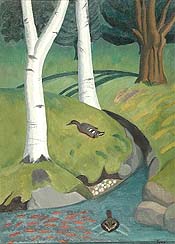
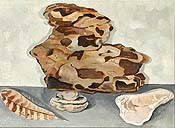
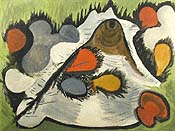
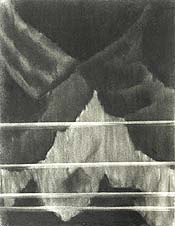
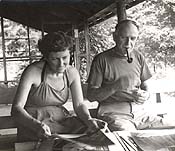
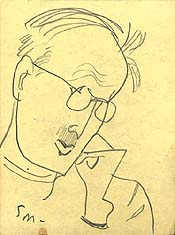
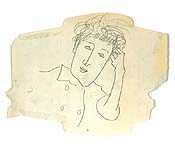
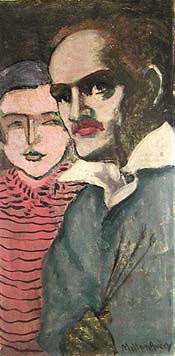

+of+DSCN1231.JPG)

